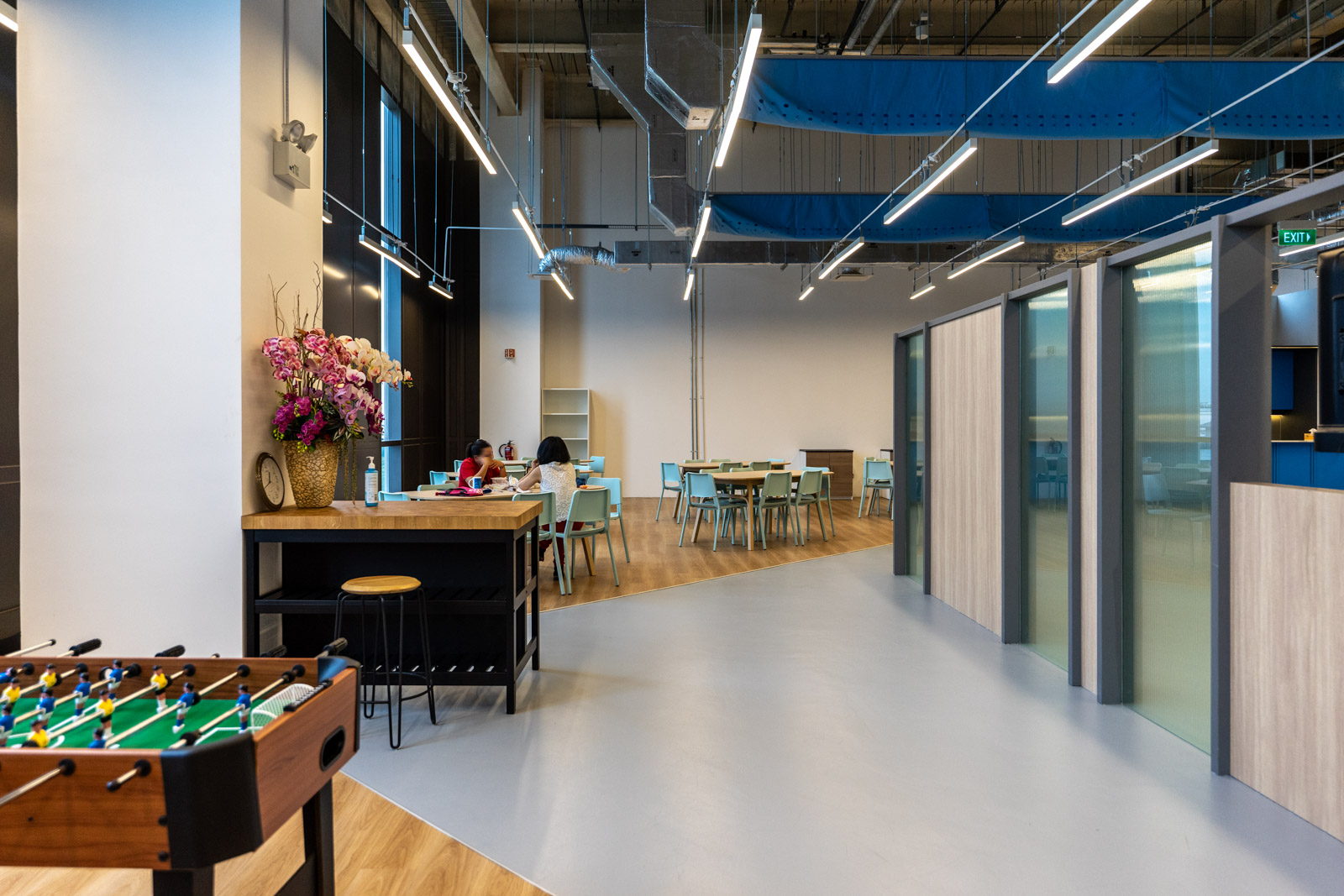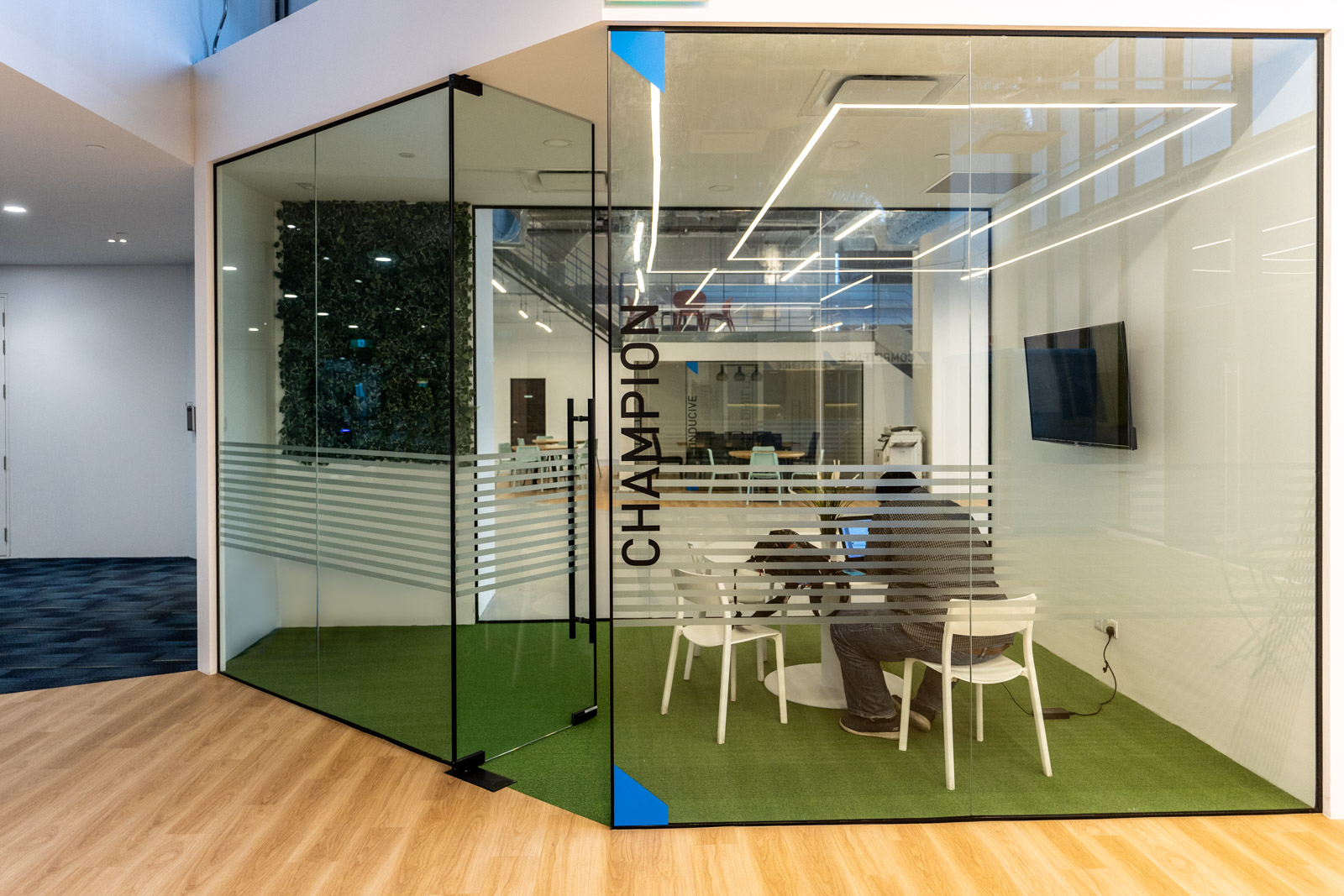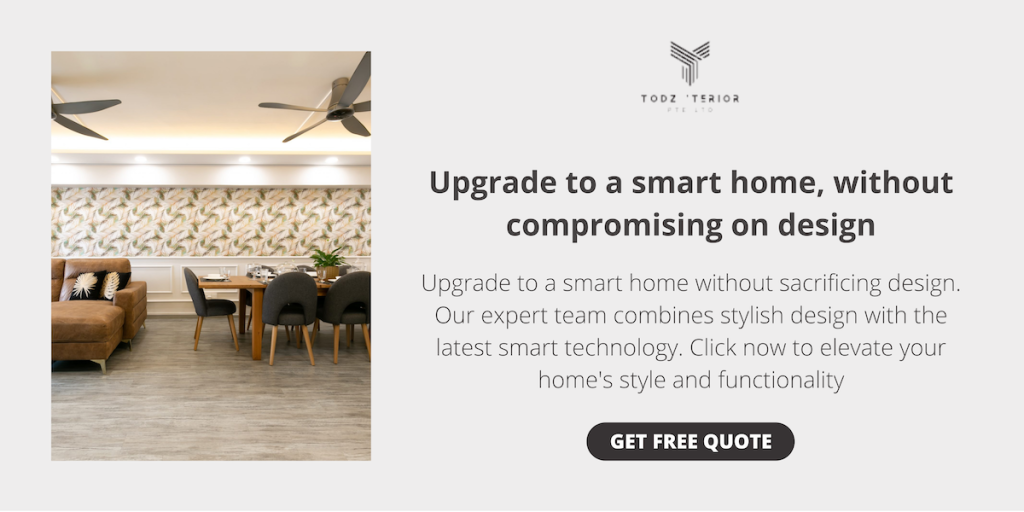The influence of commercial interior design on your brand identity is a powerful tool that goes beyond aesthetics, shaping how customers perceive and connect with your business. Commercial interior design goes beyond creating an aesthetically pleasing space. It can play a crucial role in shaping the brand identity of a business. From the colors used on the walls to the type of furniture chosen, every aspect of the interior design can have an impact on how a brand is perceived by customers.
In This Article
ToggleIn today’s competitive marketplace, it’s more important than ever for businesses to create a distinctive and memorable brand identity, and commercial interior design can help achieve this. In this article, we will explore how commercial interior design can impact brand identity and provide tips on how businesses can use design to strengthen their brand.
Many companies struggle to create a distinct and recognizable brand identity that sets them apart from competitors and resonates with their target audience. However, with strategic commercial interior design, businesses can effectively communicate their brand values, mission, and personality through the physical spaces they occupy. Countless successful brands have harnessed the potential of interior design to create immersive experiences for customers, leading to increased brand loyalty, positive word-of-mouth, and ultimately, a stronger market position.

Now, let’s explore the essential steps and strategies for crafting a cohesive brand identity through the thoughtful integration of interior design elements. Discover how you can design spaces that embody your brand’s essence and leave a lasting impression on everyone who walks through your doors.
How To Creating a cohesive brand identity through interior design?
Creating a cohesive brand identity is crucial for businesses looking to differentiate themselves in a crowded marketplace. Here are some ways in which commercial interior design can help reinforce brand identity and create a cohesive brand message:
- Consistent use of brand colors: Using brand colors consistently throughout a commercial space can help create a strong visual identity and reinforce brand recognition.
- Incorporation of brand logos and imagery: Integrating brand logos and imagery into the interior design of a commercial space can help reinforce brand identity and create a cohesive brand message.
- Use of materials and textures: Selecting materials and textures that align with a brand’s values and messaging can help reinforce brand identity and create a distinct brand experience.
- Attention to lighting and ambiance: Lighting and ambiance can play a key role in creating a unique brand experience that reinforces brand identity and messaging.
- Integration of technology and digital displays: Incorporating technology and digital displays into the interior design of a commercial space can create an immersive brand experience and reinforce brand messaging.
Successful examples of brand identity through interior design include:
- Apple Stores: Apple stores are known for their sleek and minimalist interior design, which reinforces the brand’s focus on simplicity and innovation.
- Starbucks: Starbucks stores feature a warm and inviting interior design, which reinforces the brand’s focus on community and connection.
- Nike: Nike stores use a combination of bold colors, dynamic lighting, and interactive displays to create an immersive brand experience that reinforces the brand’s focus on athletic performance and innovation.
What is “Understanding the target audience”?
Understanding the target audience is a crucial step in commercial interior design, as it can influence design choices and ultimately impact the success of a business. Here are some ways in which understanding the target audience can inform commercial interior design:
- Demographics: Knowing the demographics of a target audience, such as age, gender, and income level, can influence design choices such as color schemes, materials, and furniture styles.
- Psychographics: Understanding the psychographics of a target audience, such as their values, interests, and lifestyles, can inform design choices such as lighting, ambiance, and overall atmosphere.
- Brand messaging: Aligning design choices with a brand’s messaging and values can help create a cohesive brand experience that resonates with the target audience.
Successful examples of brands targeting their audience through interior design include:
- H&M: H&M’s interior design incorporates bold colors, trendy materials, and contemporary lighting to appeal to a younger, fashion-conscious audience.
- Whole Foods: Whole Foods’ interior design features natural materials, warm lighting, and an inviting atmosphere to appeal to health-conscious consumers seeking a natural and organic shopping experience.
- Ace Hotel: Ace Hotel’s interior design incorporates a mix of vintage and modern elements, creating a hip and eclectic atmosphere that appeals to a younger, creative-minded audience.
Incorporating brand values into interior design
Incorporating brand values into interior design is an effective way to reinforce a brand’s messaging and create a unique and memorable brand experience for customers. Here are some ways in which brand values can be incorporated into commercial interior design:
1) Brand values
Brand values are the core beliefs and principles that a brand stands for. These values can be related to sustainability, innovation, social responsibility, or other areas that are important to the brand and its customers.
2) Design elements
Design elements such as colors, materials, and layout can be used to communicate brand values to customers. For example, a brand that values sustainability might incorporate recycled materials, energy-efficient lighting, and natural colors and textures into their interior design.
Successful examples of brands incorporating their values into interior design include Patagonia, which uses reclaimed wood and other sustainable materials in their stores, and TOMS, which has a “one-for-one” giving model that is reflected in the layout and design of their stores.

The role of technology in brand identity and interior design
The role of technology in brand identity and interior design is increasingly important in today’s digital age. Here are some ways in which technology can impact brand identity and interior design:
- Digital signage: Digital signage can be used to display dynamic content such as brand messaging, product information, or social media feeds. This can enhance the customer experience and create a more engaging and interactive environment.
- Virtual reality: Virtual reality can be used to create immersive brand experiences that allow customers to interact with products and services in a virtual space. This can be particularly useful for brands in the hospitality and travel industries.
- Mobile apps: Mobile apps can be used to enhance the customer experience by providing personalized recommendations, loyalty rewards, and other features that reinforce brand messaging.
Successful examples of brands using technology to enhance their brand identity through interior design include Nike’s interactive digital signage displays in their flagship stores, Marriott’s virtual reality travel experiences, and Starbucks’ mobile ordering app.
The potential risks of brand identity through interior design
Not properly considering brand identity in interior design can have negative consequences for a brand. Here are some potential risks:
- Inconsistency: Inconsistent brand messaging can confuse customers and dilute the brand’s identity. Inconsistencies in color, materials, and layout can create a disjointed experience that does not align with the brand’s values and image.
- Off-brand messaging: Poorly executed interior design can result in messaging that is off-brand or even contradictory to the brand’s values and image. This can result in negative associations and a loss of trust among customers.
- Failure to connect with target audience: Failure to consider the target audience in interior design can result in a space that does not resonate with the intended demographic. This can lead to a loss of potential customers and a missed opportunity to build brand loyalty.
Examples of brands that have experienced negative consequences due to poorly executed interior design include JCPenney’s failed rebranding efforts in 2012, which resulted in a loss of customers and revenue, and the controversial redesign of the Tropicana orange juice packaging in 2009, which was met with widespread backlash and a subsequent reversion to the original packaging.

What we have learnt
Commercial interior design plays a significant role in shaping a company’s brand identity. It is not just about creating a beautiful space but also about aligning the interior design with the brand values and personality. A well-designed commercial space can help create a positive image of the brand in the minds of customers and employees, improve customer satisfaction and loyalty, and enhance employee productivity and engagement. It is essential to consider the impact of commercial interior design on the brand identity and work with a professional interior designer to achieve the desired results.
By investing in commercial interior design, businesses can create a space that reflects their brand, culture, and values and creates a positive and memorable experience for everyone who walks through their doors.
Renovate with Todzterior!
We’re here to help you get started with Smart Home solutions.
Todzterior is the only company whose mission is to make homes “Smart.” In other words, our Smart Home solutions are built to help make your life easier. The possibilities for the future of the smart home are endless. You’ve come to the right place. We’re here to help you get started with Smart Home solutions and ensure you with smart quality and reliability.
Don’t hesitate to find out more about us. Call us here or visit our showroom at 7 Gambas Crescent #01-03 Ark@Gambas Singapore 757087.

Frequently asked Question
1) How can commercial interior design impact brand identity?
A: Commercial interior design can impact brand identity by creating a physical space that reflects the brand’s values, personality, and image. The design elements, such as colors, materials, and layout, can evoke certain emotions and associations that help customers remember and identify the brand.
2) How can I incorporate my brand identity into my commercial space design?
A: To incorporate your brand identity into your commercial space design, consider using your brand’s color scheme, logo, and messaging in your interior design. Choose design elements and materials that align with your brand’s values and image. For example, if your brand values sustainability, consider incorporating eco-friendly materials into your design.
3) How can a professional commercial interior designer help me with my brand identity?
A: A professional commercial interior designer can help you develop a design concept that aligns with your brand identity and values. They can provide guidance on color schemes, materials, and layout to ensure that your space effectively communicates your brand’s personality and image.
4) Can commercial interior design help me attract customers and build brand loyalty?
A: Yes, commercial interior design can help you attract customers and build brand loyalty. A well-designed space can create a positive and memorable experience for customers, which can encourage them to return and recommend your business to others. Additionally, a space that aligns with your brand identity can strengthen customer loyalty by reinforcing the brand’s values and image.
5) How often should I update my commercial space design to maintain my brand identity?
A: There is no set timeline for updating your commercial space design. However, it is important to periodically assess your design and ensure that it continues to align with your brand identity and values. Consider updating your design if your brand’s image or values have changed, if your space is outdated or in need of repair, or if you want to keep up with current design trends.

